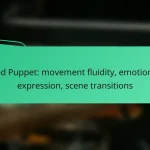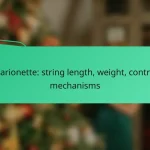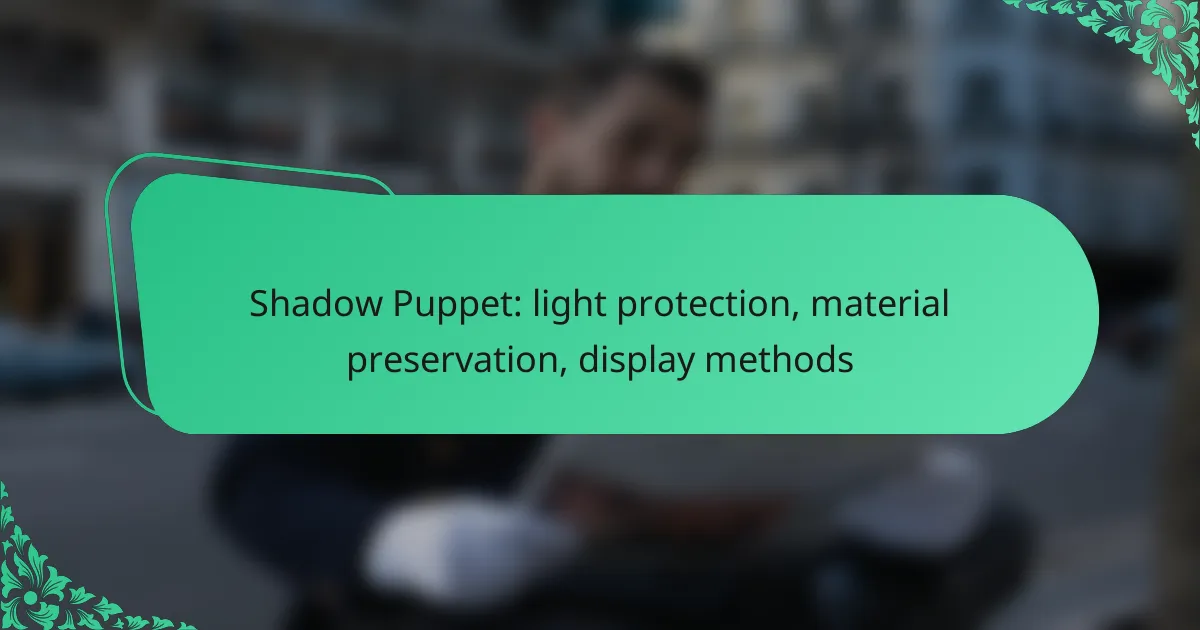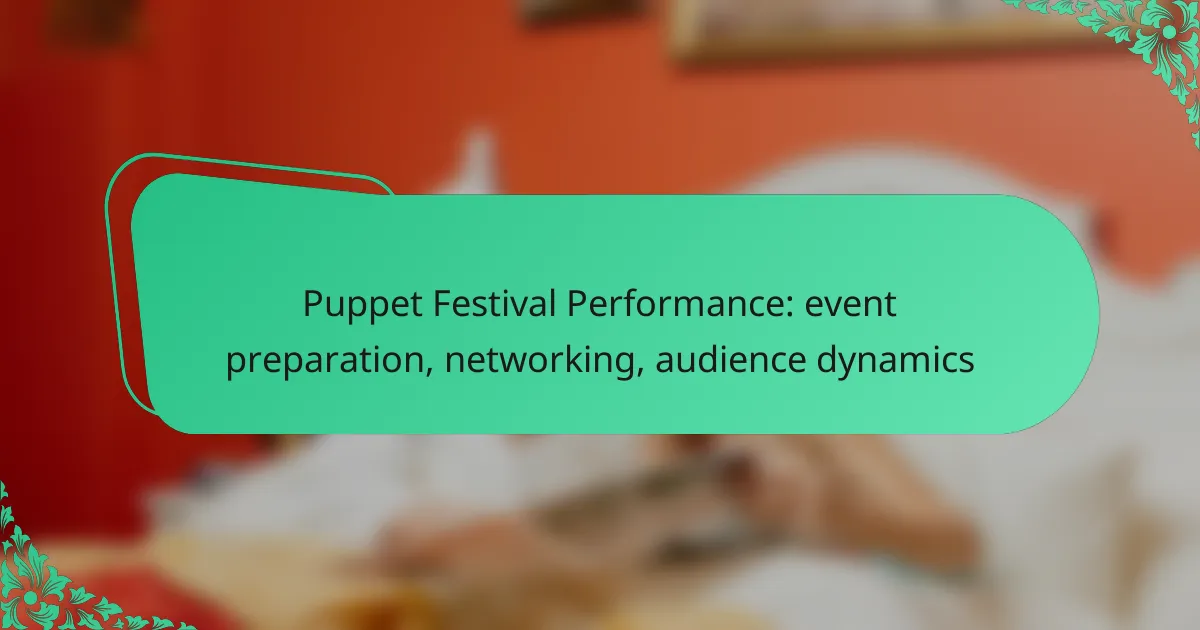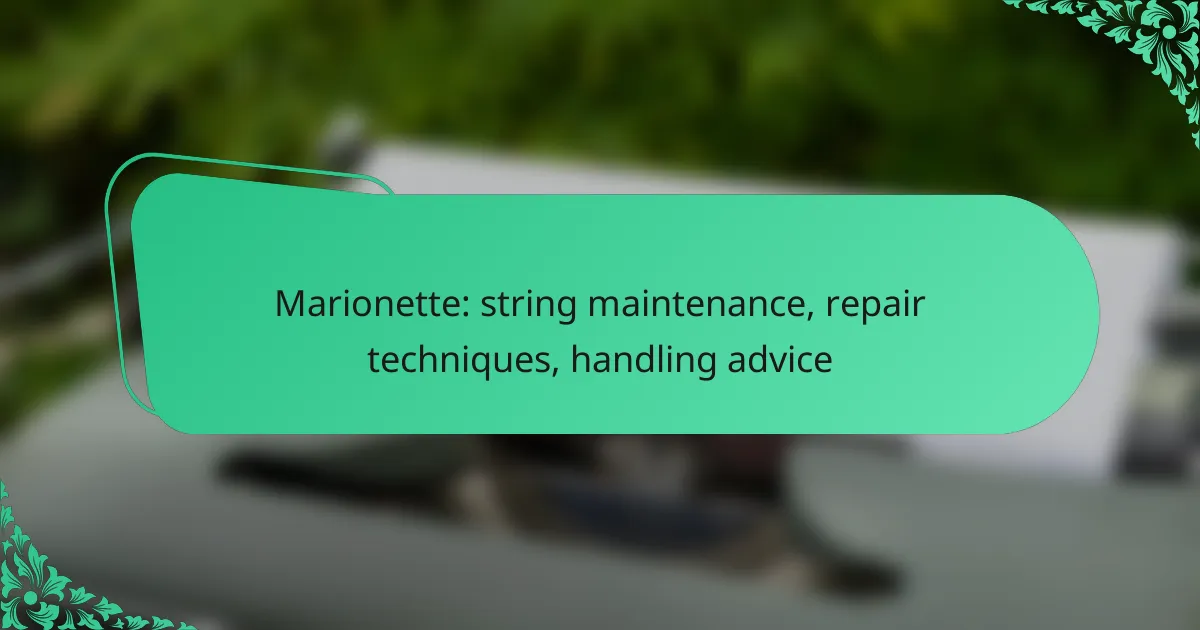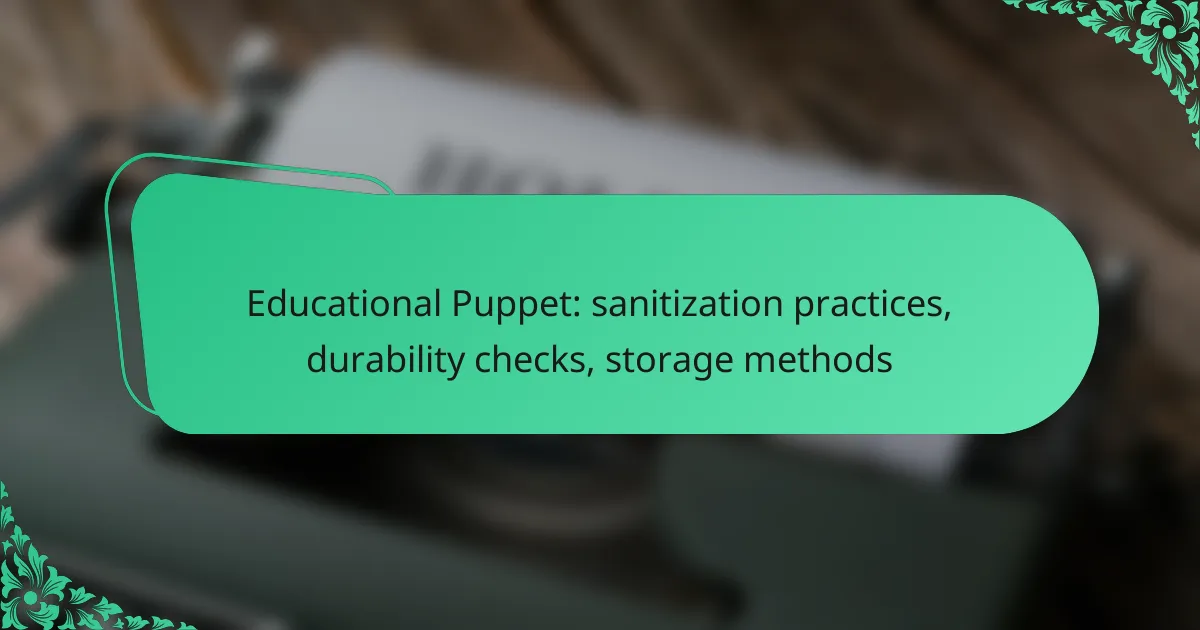Shadow puppetry relies on effective light protection and material preservation to enhance performances and prolong the life of puppets. Utilizing opaque fabrics, blackout curtains, and specialty plastics can shield puppets from light damage while ensuring their visibility. Proper storage and climate control are crucial for maintaining puppets made from diverse materials. Additionally, employing backlit screens and projector setups can create striking visual contrasts that elevate the storytelling experience.
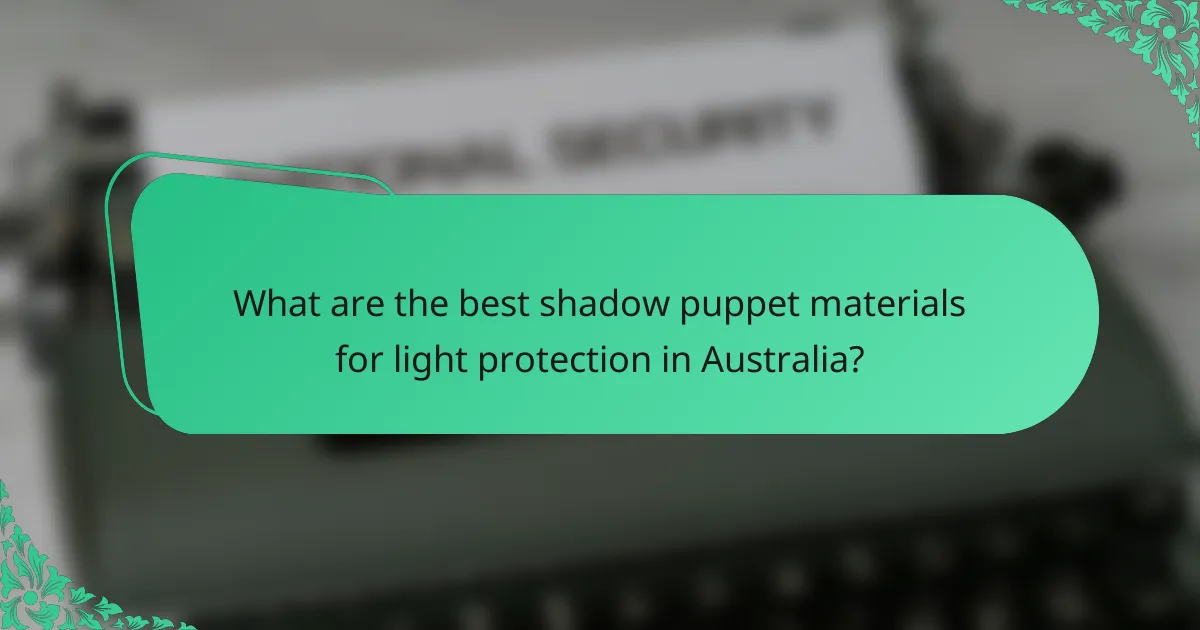
What are the best shadow puppet materials for light protection in Australia?
The best shadow puppet materials for light protection in Australia include opaque fabrics, blackout curtains, and specialty plastics. These materials effectively block light, preserving the integrity of the puppets while enhancing their visibility during performances.
Opaque fabrics
Opaque fabrics are ideal for shadow puppetry as they completely block light, creating clear silhouettes. Common choices include cotton, felt, and canvas, which are durable and easy to manipulate. When selecting fabrics, consider their weight and texture, as heavier materials tend to provide better light blocking.
For optimal results, choose fabrics that are at least 200 GSM (grams per square meter) to ensure sufficient opacity. Additionally, darker colors enhance contrast, making the puppets more visible against light sources.
Blackout curtains
Blackout curtains are another effective option for light protection in shadow puppetry. These curtains are designed to block out nearly all light, making them suitable for creating a dark backdrop for performances. They are often made from polyester or a blend of materials that provide excellent light-blocking capabilities.
When using blackout curtains, ensure they are properly installed to cover the entire performance area. Look for curtains with a high density, ideally rated to block 99% of light, to achieve the best results. They can also be easily removed or adjusted as needed.
Specialty plastics
Specialty plastics, such as frosted acrylic or polycarbonate sheets, offer a unique solution for shadow puppetry. These materials can diffuse light while still allowing for some visibility, creating an interesting effect for performances. They are lightweight and can be cut into various shapes for different puppet designs.
When using specialty plastics, consider their thickness and transparency. Thicker sheets provide better durability and light diffusion, while frosted options can soften the light, enhancing the overall aesthetic. Ensure that the edges are smoothed to prevent injury during handling.
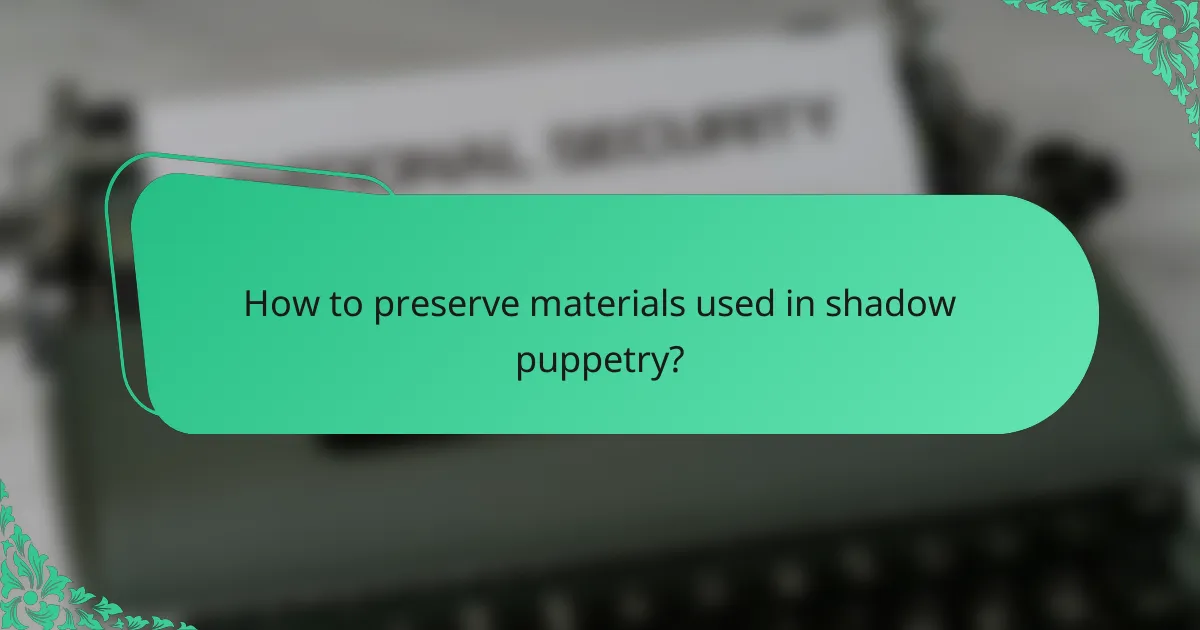
How to preserve materials used in shadow puppetry?
To preserve materials used in shadow puppetry, it is essential to implement proper storage techniques and climate control measures. These practices help maintain the integrity and longevity of puppets made from various materials like leather, paper, or plastic.
Proper storage techniques
Store shadow puppets in a cool, dry environment to prevent damage from humidity and temperature fluctuations. Use acid-free boxes or folders to protect delicate materials from dust and physical wear. Avoid stacking puppets directly on top of each other; instead, use dividers to keep them separated and minimize creasing or bending.
Regularly inspect stored puppets for signs of deterioration, such as discoloration or mold. If any issues are detected, address them immediately to prevent further damage.
Climate control measures
Maintaining a stable climate is crucial for preserving shadow puppetry materials. Aim for a relative humidity level between 30% and 50% and keep temperatures between 18°C and 22°C (65°F to 72°F). Use dehumidifiers or air conditioners to regulate these conditions, especially in areas with extreme weather.
Consider using hygrometers to monitor humidity levels and thermometers for temperature. This proactive approach helps ensure that puppets remain in optimal conditions, reducing the risk of material degradation over time.
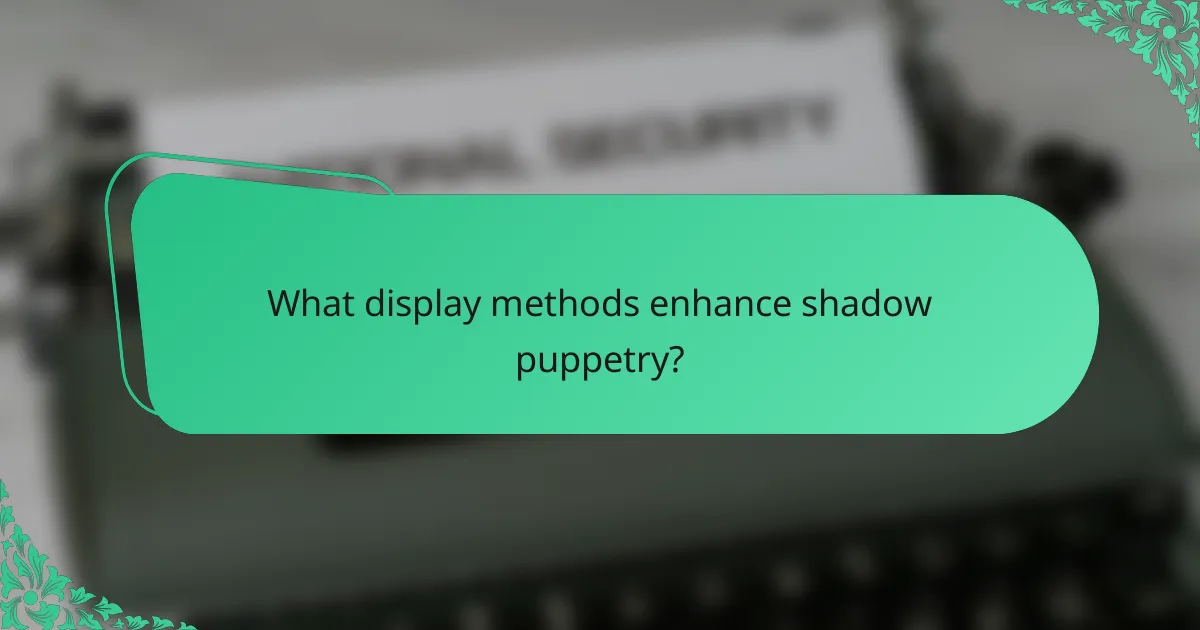
What display methods enhance shadow puppetry?
Effective display methods for shadow puppetry include backlit screens and projector setups, both of which create vivid contrasts that bring puppets to life. Each method has unique characteristics that can enhance the visual experience and storytelling aspects of performances.
Backlit screens
Backlit screens are a popular choice for shadow puppetry as they provide a consistent light source that illuminates the puppets from behind. This method allows for clear and sharp silhouettes, making it easier for audiences to see the intricate details of the puppets.
When using backlit screens, consider the type of material used for the puppets. Translucent materials work best, as they allow light to pass through while maintaining the shadow effect. A common setup involves using LED panels or lightboxes, which can be adjusted for brightness to suit the performance environment.
Projector setups
Projector setups offer a dynamic way to display shadow puppetry by projecting images onto a screen or surface. This method can create larger-than-life visuals and allows for the incorporation of backgrounds or animations that enhance the storytelling experience.
For effective use of projectors, ensure that the puppets are designed to work well with the projected light. Consider the distance between the projector and the screen, as well as the resolution of the images being projected. Using high-contrast images can help maintain the clarity of the shadows, making the puppets stand out during the performance.
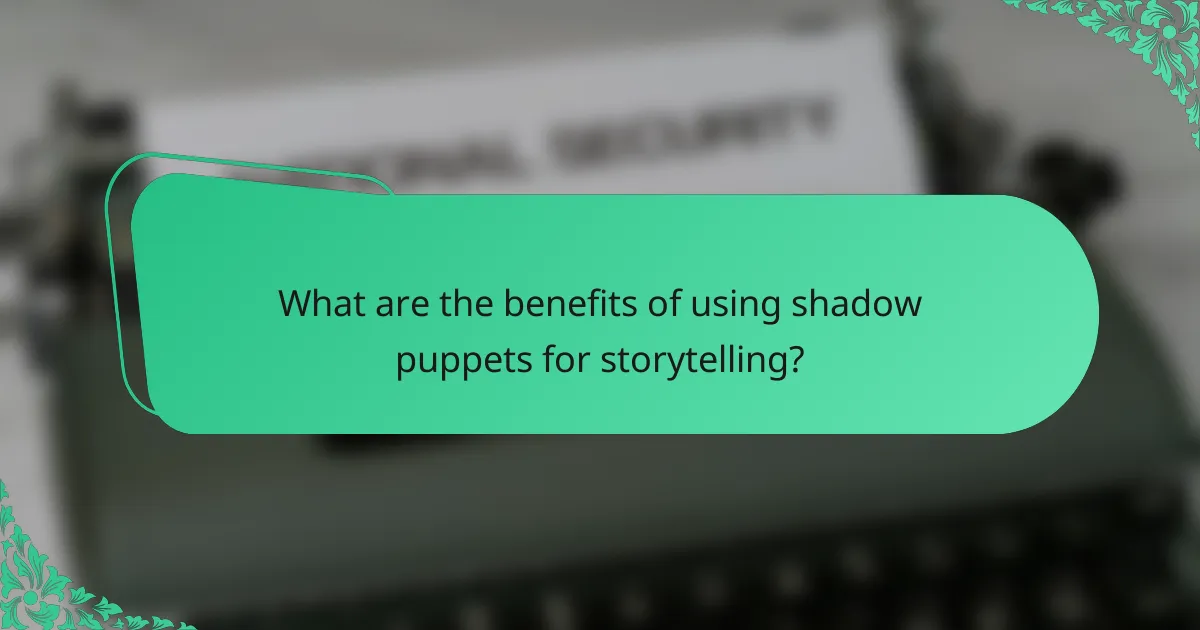
What are the benefits of using shadow puppets for storytelling?
Using shadow puppets for storytelling offers a unique blend of visual appeal and audience engagement. They create an immersive experience that captivates viewers, making narratives more memorable and impactful.
Engagement with audiences
Shadow puppetry fosters a strong connection with audiences by inviting them to actively participate in the storytelling process. The interplay of light and shadow stimulates imagination, allowing viewers to interpret scenes in their own way.
Performers can enhance engagement by incorporating audience interaction, such as asking questions or encouraging responses. This involvement keeps the audience invested in the unfolding story, making it a shared experience.
Visual storytelling advantages
Shadow puppets excel in visual storytelling by simplifying complex narratives into easily digestible images. The use of silhouettes allows for a focus on essential elements, stripping away distractions and emphasizing key themes.
Additionally, the versatility of materials used for shadow puppets—such as paper, fabric, or plastic—enables creators to experiment with textures and colors. This adaptability can enhance the visual richness of the story, appealing to diverse audiences.
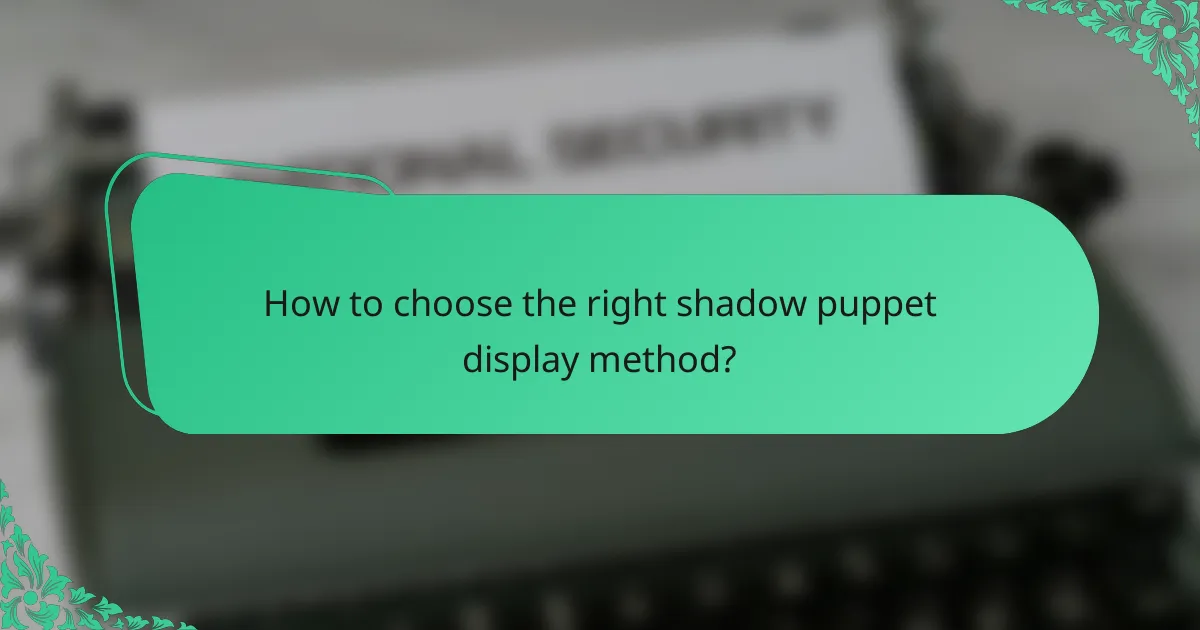
How to choose the right shadow puppet display method?
Selecting the appropriate shadow puppet display method depends on factors like audience size and venue space. Understanding these elements will help ensure an engaging and effective presentation.
Consider audience size
The size of your audience significantly influences the display method you choose for shadow puppetry. For smaller groups, intimate settings like home gatherings or classrooms may allow for handheld or table-top displays. In contrast, larger audiences may require projection techniques or larger screens to ensure visibility and engagement.
As a rule of thumb, if your audience exceeds 20-30 people, consider using a projection system to enhance visibility. This can help maintain the clarity of your puppets and the overall storytelling experience.
Evaluate venue space
The available space in your venue is crucial when selecting a shadow puppet display method. A small, enclosed area may be suitable for traditional backlit screens or handheld puppets, while larger venues might necessitate more elaborate setups like stage lighting and large screens.
Consider the dimensions of the performance area and the distance between the puppeteer and the audience. Ensure that the chosen method allows for adequate movement and visibility without overwhelming the space. A quick checklist can include measuring the height and width of the display area and ensuring that there is enough room for both the puppeteer and any necessary equipment.
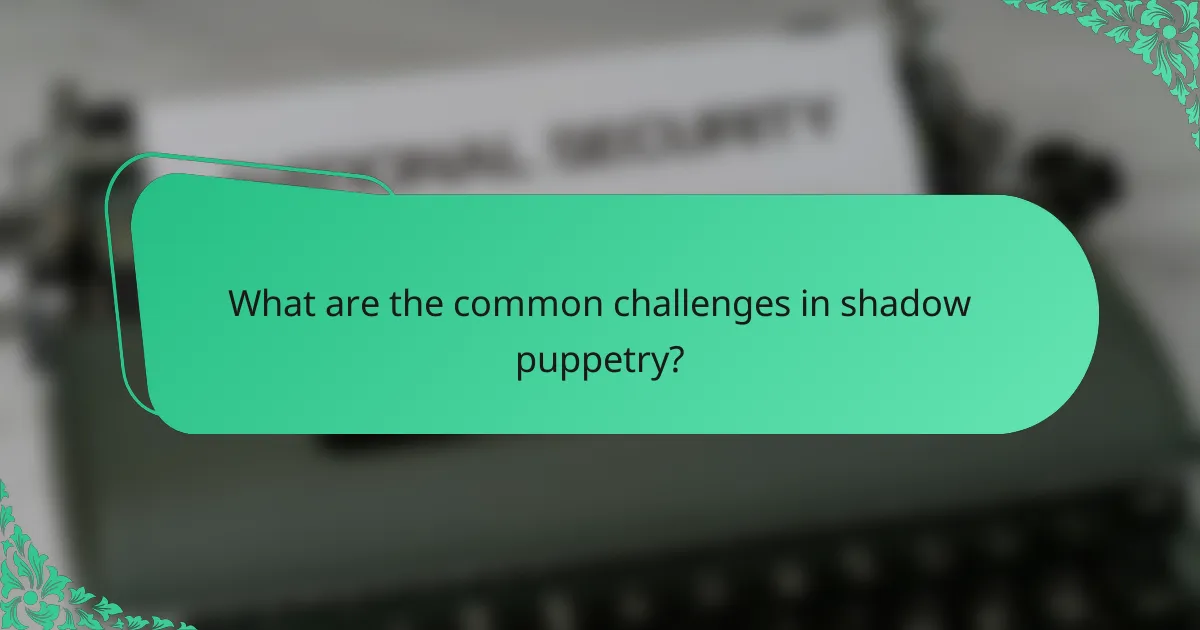
What are the common challenges in shadow puppetry?
Shadow puppetry faces several challenges, primarily related to lighting control and material preservation. These issues can significantly impact the quality and longevity of performances and puppets.
Lighting control issues
Effective lighting is crucial in shadow puppetry, as it directly affects the visibility and clarity of the puppets’ silhouettes. Inconsistent lighting can lead to shadows that are either too faint or overly harsh, making it difficult for audiences to appreciate the performance.
To manage lighting effectively, consider using adjustable light sources such as LED spotlights. Positioning lights at optimal angles can enhance the depth and detail of the shadows. Aim for a setup that allows for easy adjustments during rehearsals to find the best balance.
Material degradation
Materials used in shadow puppetry, such as paper, fabric, or plastic, can degrade over time due to exposure to light, humidity, and temperature fluctuations. This degradation can lead to brittle puppets that are prone to tearing or fading, compromising their performance quality.
To preserve materials, store puppets in a cool, dry environment away from direct sunlight. Using protective coatings or laminates can also extend the life of puppets. Regular maintenance checks can help identify and address any signs of wear before they become significant issues.

How can technology improve shadow puppet performances?
Technology enhances shadow puppet performances by integrating modern tools that create more dynamic visuals and interactive experiences. These advancements allow for greater creativity and audience engagement, transforming traditional storytelling into immersive spectacles.
Digital projection techniques
Digital projection techniques utilize projectors to display images and animations that complement live shadow puppetry. This method can create intricate backgrounds or animated sequences that enhance the narrative, allowing for a richer visual experience.
When using digital projections, consider the lighting conditions of your performance space. A dark environment will yield the best results, as it minimizes distractions and maximizes the visibility of both the puppets and the projected images. Ensure that your projector has sufficient brightness, typically around 3000 lumens or more, for clear visibility.
Interactive elements
Incorporating interactive elements into shadow puppet performances can significantly engage the audience. Techniques such as audience participation or real-time feedback can make the experience more memorable and enjoyable.
For example, using sensors or mobile apps, audiences can influence the story’s direction or interact with characters on screen. This approach not only captivates viewers but also encourages them to become part of the storytelling process. Keep in mind that clear instructions and user-friendly interfaces are essential for a smooth interactive experience.
